How To Survive Seemingly Endless Change
Growing up in a small Connecticut family, I was often encouraged to downplay my discomfort with change.
I remember my mother attempting to quell my emotional reactions by saying, “This too shall pass…” but the implication that change was a storm I just needed to wait out never satisfied me.
Fast forward to my masters studies at Columbia University, my professors encouraged me to promote change as a ‘competitive advantage’ for people and organizations.
They introduced me to complex models for administering large-scale corporate change, and change curves for managing employee resistance, but the implication that change was some governable process never made complete sense to me either.
Today, having studied the human relationship with change for more than 13 years, I’ve come to define change more broadly than an event or a process.
Change is the inevitable disruption of our human experience or expectations
My definition is intentionally broad because while change may sometimes feel like a storm or a series of tidal waves, it’s form and function matters less than our alignment to it.
One of the best ways to create such alignment is by leveraging your most human characteristics so you can work through it with others.
DON’T BE A HERO, BE A HUMAN
One of your most human characteristics is your smart, sense-making brain that can pinball between ‘what was,' ‘what should be,’ and ‘what will be,' and then rapidly organize critical information.
Your resilient and resourceful human body also plays an important role, since it can carry you through long, effort-full days and then miraculously recover at night.
But would you believe me if I said, working with these conscious and unconscious “superpowers” isn’t enough when you’re facing seemingly endless change?
To work through change day-in day-out, you must also know how to leverage your subconscious mind, the part of you that holds your values, beliefs, fears and longings.
This uniquely human part has the power to write and re-write the stories you tell yourself (and others) about what’s acceptable, what you deserve, what you can handle, who you can trust, etc.
And as a result, it has the power to make you or break you when the changes keep coming.
ALIGN YOUR SUBCONSCIOUS MIND
Working with your subconscious mind is less complicated than it might sound.
One of the simplest ways to do it is to unplug, sit still, and quiet down enough to hear your inner monologue - the stories you tell yourself about change and your ability (or inability) to work through it.
By tuning inward, you can:
hear just how much those stories are running counter to your intellectual and/or physical efforts
recognize how those stories are amplifying your resistance to change and preventing you from receiving the help you need
let go of those that are making you work 2x as hard
choose the kind of compassionate and/or empowering stories you want to hear instead
But wait, there’s more!
Once you know how to work with your subconscious, you can start noticing it in others too, and you can get curious about their stories, their values, their beliefs, their fears, and their longings.
Simply by acknowledging these in yourself and others, you facilitate a kind of cathartic connection - one in which it is safe to vent, share questions and ideas, and ask for the help you need to get through the next overwhelming day, or the next overwhelming week.
So the next time you feel like you just can’t catch a break, remind yourself:
I am a remarkable human who can unplug, sit still, and tune in anytime.
***
Even when I don’t have a solution, I can connect with others.
***
I can work through change by choosing the kind of stories I hear, and the stories I share.



